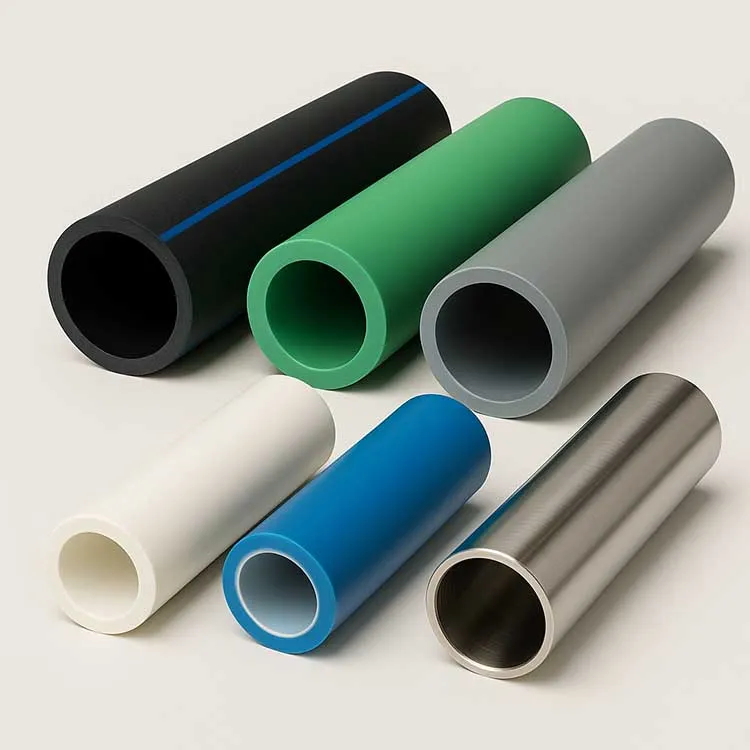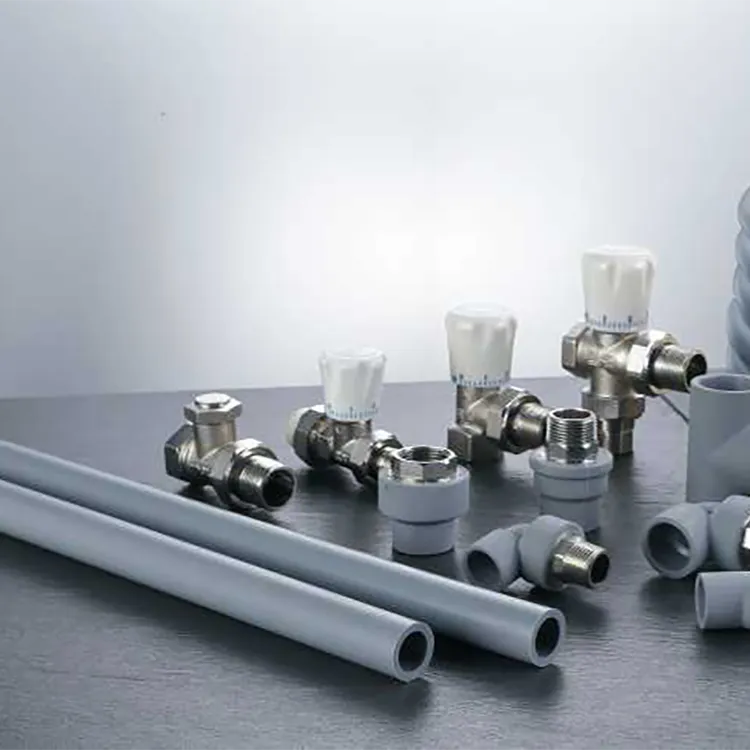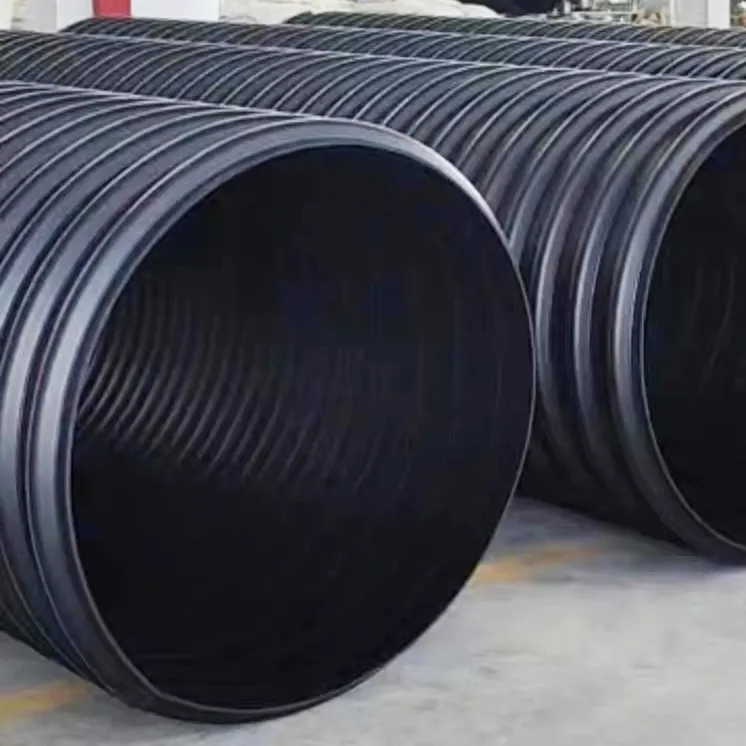What contributes to the strength of a pipe fitting?
There are a few factors that contribute to the strength of a pipe fitting. These include the size and wall thickness of the pipe, the type of seal used, the torque applied to the joint, and the stresses placed on the joint during installation or disassembly. The size and wall thickness of the pipe is the most important factor when it comes to the strength of a pipe fitting. If a fitting is too large for the inner diameter of the pipe, it will be unable to withstand the stress of the joint during installation or removal. The type of seal used also contributes to the strength of a green PPR plastic-steel fitting. Most fittings will come with an elastomeric or Viton seal, which is designed to provide excellent resistance to chemicals and oil. Disassembly and assembly for proper installation of fittings are also important factors to consider when choosing the right green PPR plastic-steel pipe fittings. It’s important to note here that the parts of a fitting that are meant to be replaced during operation are made of a different material than the rest of the fitting. As a result, they must be disassembled, which can increase the risk of failure. Proper installation of these parts means making sure they’re installed in the correct orientation and position. This ensures that the joint is as strong as possible.

Material Strength of Green PPR Plastic-Steel Pipe Fittings
The material from which a green PPR plastic-steel fitting is made will also impact its strength. Generally, fittings are made of either steel or brass. Steel fittings are the most common and are strong enough for most applications. However, they can rust over time if not properly cared for. Brass fittings, on the other hand, are more expensive and rust-resistant. They are also resistant to chemicals but are less durable than steel. While a brass fitting is stronger than steel, it’s also more susceptible to wear and tear. This can result in brass fittings breaking apart if stressed too much. It’s important to choose the right green PPR plastic-steel pipe fitting for your home. Too strong, and it will fail during installation or removal. Too weak, and it will wear out too quickly.

Disassembly and assembly for proper installation of fittings
The parts of a green PPR plastic-steel fitting that are meant to be installed during operation are made of a different material than the rest of the fitting. As a result, they must be disassembled, which can increase the risk of failure. Proper installation of these parts means making sure they’re installed in the correct orientation and position. If a part is installed incorrectly, it can lead to the joint failing. To ensure that you’re installing the parts in the correct orientation, use the markings on the fitting to help you line up the part with the joint. If the joint on the end of the pipe is a different size than the one on the end of the fitting, you’ll want to install the part at the end of the fitting. This will help to increase the strength of the joint.
Factors to consider when opting for a replacement green PPR pipe fitting
When choosing a replacement green PPR plastic-steel pipe fitting for your home, you’ll want to consider how often you’d like to service the connection. Depending on your situation, you may be able to get by with a replacement fitting every few years. When choosing a replacement, keep in mind the strengths of the other components in your home, as well as the factors described above. The pipe in your house may be made of a different material than the part on the end of the pipe. If so, a replacement fitting may be strong enough for your needs. Another factor to consider is how often the joint is stressed during installation or removal. If the joint is stressed every few weeks, it may be best to choose a replacement fitting sooner rather than later.
How to Choose The Right Style of Green PPR Plastic-Steel Pipe Fittings
Depending on your situation, you may only need a single stream or double joint green PPR plastic-steel pipe fitting. Each fitting type has its own specific uses. Single joint fittings are commonly used for irrigation, while double joint fittings are used for compressed air or water. It’s important to note here that the parts of a fitting that are meant to be replaced during operation are made of a different material than the rest of the fitting. As a result, they must be disassembled, which can increase the risk of failure. Proper installation of these parts means making sure they’re installed in the correct orientation and position. To ensure that you’re installing the parts in the correct orientation, use the markings on the fitting to help you line up the part with the joint. If the joint on the end of the pipe is a different size than the one on the end of the fitting, you’ll want to install the part at the end of the fitting. This will help to increase the strength of the joint.

Conclusion
Choosing the right green PPR plastic-steel pipe fittings can be difficult. With so many materials, styles, and sizes available, it’s difficult to know what’s best for your home. But with the right information and guidance, you can make the right choice for your project. When choosing the right green PPR plastic-steel pipe fittings, you’ll want to consider the materials used in their construction and the factors that contribute to their strength. You’ll also want to consider how often the joint is stressed during installation or removal, as well as the joint size. If you’re looking for the best green PPR plastic- steel pipe fittings for your home, you can’t go wrong with Unionmade. Our product is crafted from the highest quality materials and designed to last.



981.webp)

 (1)379.webp)

294.webp)
476.webp)
420.webp)
146.webp)
460.webp)
287.webp)
274.webp)
688.webp)


